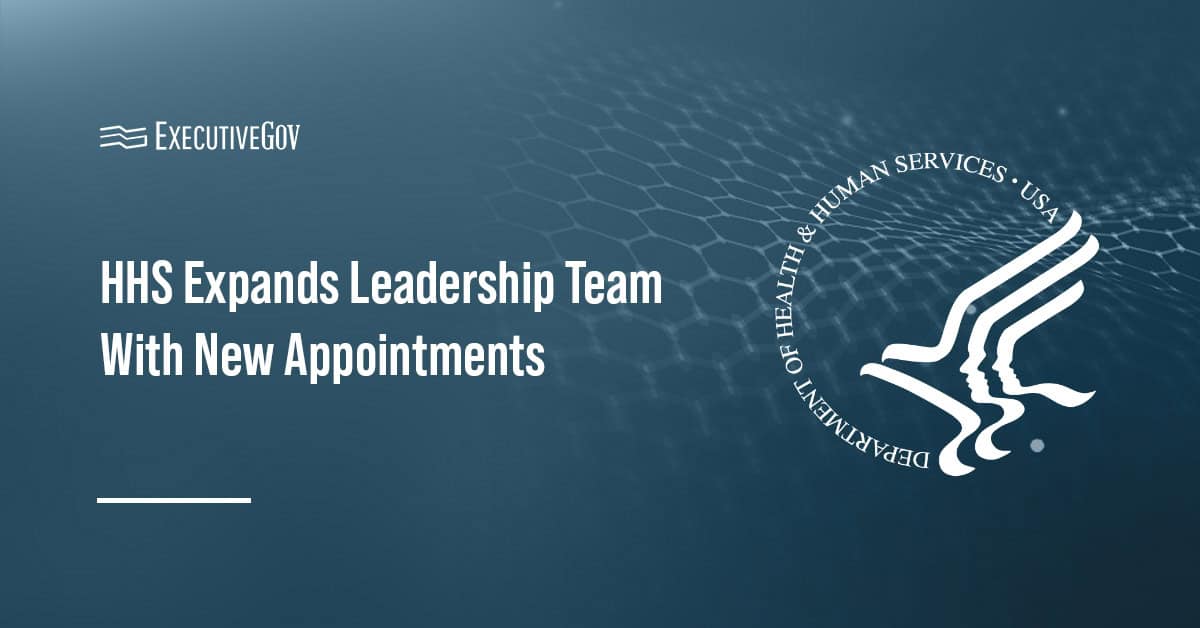
The U.S. Air Force and the Federal Aviation Administration launched a new initiative to increase partnerships with industry to address the national aircrew shortage. The collaboration intends to promote aviation across the country and increase the number of pilots joining the military, the Air Force said Friday.
“This collaborative effort will enable the Air Force and the FAA to work with industry partners to share best practices and find ways to get more people to fly,†said Air Force Secretary and 2019 Wash100 Award winner Heather Wilson.Â
FAA will also assist the service branch in utilizing new technologies and techniques to improve pilot training. Initial joint efforts of FAA and the service would focus on attracting more people to take aviation professions, promote efficiency in training and improve partnerships with federal agencies, the Department of Defense, academia and industry.





